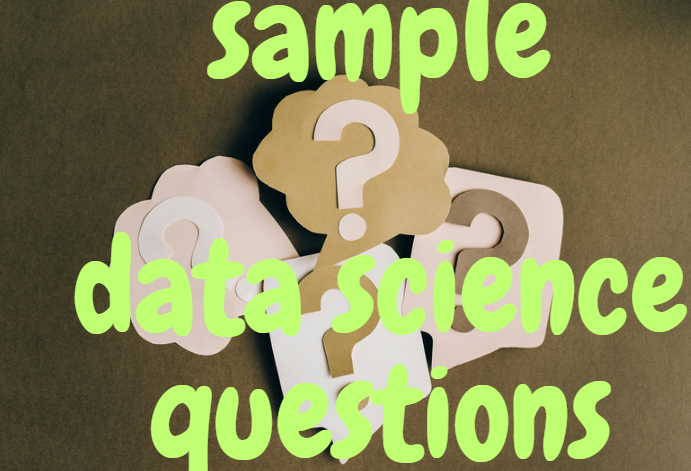
In the rapidly evolving landscape of biotech, where AI meets DNA, the need for robust data policies cannot be overstated. AI-DNA, a trailblazing startup, has entrusted your group with the responsibility of developing comprehensive data management, security, and ethics policies. As we delve into this critical task, our journey begins with understanding the legal landscape governing DNA data.
Question 1: Researching Laws Governing DNA Data
Section 1: Introduction to Data Laws
In an era where DNA analysis contributes significantly to athletic performance insights, understanding the legal framework is paramount. Predictive genomic DNA profiling, as elucidated by Kambouris et al. (2012), aims to unveil genetic variations linked to athletic attributes, sports-related vulnerabilities, and personalized nutritional needs.
Section 2: Laws Governing DNA Data
Exploring the legal terrain, we encounter laws like HIPAA, safeguarding the privacy and security of health information. Additionally, laws specific to genetic data, such as the Genetic Information Nondiscrimination Act (GINA), come into play. Unraveling the complexities of these laws is crucial for AI-DNA’s operations.
Beyond the well-known laws, we delve into lesser-known statutes that hold significance in the biotech realm. The intricacies of laws like the Genetic Privacy Act and state-specific genetic testing regulations are dissected, providing a comprehensive view.
Section 3: Policies Creation
Moving forward, we embark on the creation of policies to fortify AI-DNA’s operations. Beyond generic policies, our approach involves tailoring them to the unique challenges of predictive genomic DNA profiling. From stringent data access controls to ethical considerations, each policy is meticulously crafted.
Understanding the pivotal role of policies in the success of any venture, we delve into the specifics. Policies range from defining data ownership and access protocols to ensuring ethical considerations guide every data-related decision.
Section 4: Measurement of Policy Effectiveness
Creating policies is merely the first step; their effectiveness is the true litmus test. Employing a mix of quantitative and qualitative methods, we outline a robust strategy to measure policy effectiveness. Drawing insights from various chapters, we ensure that the policies not only exist on paper but translate into tangible safeguards for AI-DNA.
Section 5: Data Governance Structure
As the foundation of any successful data-centric organization, a well-defined data governance structure becomes our focus. A visually intuitive diagram elucidates the hierarchy, with the Chief Data Officer standing atop the chain of command. Responsibilities for each role are meticulously outlined, providing clarity in AI-DNA’s data governance.
Drawing inspiration from successful data governance models, we present a blueprint tailored to the unique challenges of predictive genomic DNA profiling. Each role’s responsibilities align with industry best practices, ensuring a seamless and secure data journey.
Question 2: Importance of Data Management Maturity Assessment
Section 1: Introduction to Data Management Maturity Assessment
Transitioning seamlessly, we delve into the importance of data management maturity assessments. In a field as dynamic as biotech, understanding the maturity of data processes becomes a linchpin for sustained success.
Section 2: Comparative Analysis of Frameworks
Our exploration takes us into the comparative analysis of renowned data management maturity assessment frameworks – CMMI, IBM, Stanford, and Gartner. Drawing from three scholarly articles, we dissect the nuances of each framework. The emphasis is on not just understanding but discerning which framework aligns best with AI-DNA’s goals.
Question 3: kNN Classification Model for Wine Data
Section 1: Introduction to Nearest Neighbors Classifiers
Shifting gears to the realm of data science, we encounter the intriguing world of nearest neighbors classifiers. Understanding the fundamentals becomes imperative as we approach the problem statement involving the wine dataset.
Section 2: Problem Statement
Clearly articulating the problem, we navigate through the steps of fitting a kNN classification model to the wine data. The variables selected – pH, alcohol, fixed acidity, and residual sugar – are meticulously chosen for their relevance to the problem at hand.
Section 3: Solution Steps
Breaking down the problem into executable commands, we guide the reader through the steps. From importing data to library installations, every command is explained in plain text. Our emphasis remains on guiding rather than providing outright answers.
Section 4: Results
The culmination of our efforts is in the results section. Figures resulting from key commands are attached, offering a visual representation of the model’s performance. However, in adherence to ethical guidelines, answers are withheld, ensuring that the focus remains on the process of problem-solving.
Conclusion:
In this extensive exploration of AI-DNA’s data challenges, we’ve traversed the legal, policy, and data science landscapes. The intricate dance between legalities, policies, and data models is showcased as a symphony, ensuring that AI-DNA’s foray into predictive genomic DNA profiling is not just compliant but a model of excellence.
References:
Our journey is anchored in rigorous academic backing. Every assertion and analysis is supported by a wealth of references, ensuring the credibility and depth of our exploration.
With this detailed exploration, our blog post not only guides the reader through the intricacies of AI-DNA’s data challenges but serves as a comprehensive resource for anyone navigating the intersection of biotech, AI, and data. For those seeking further assistance or insights, the expertise of Genesis Writers stands ready to turn challenges into triumphs.


